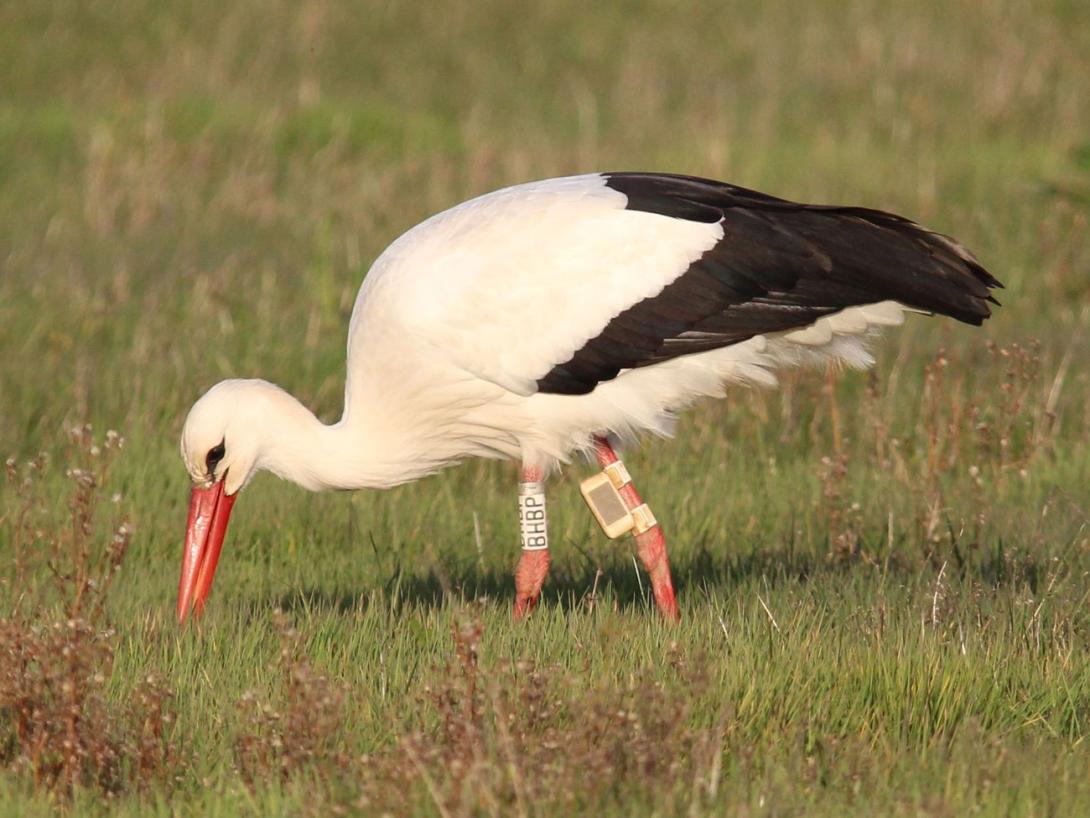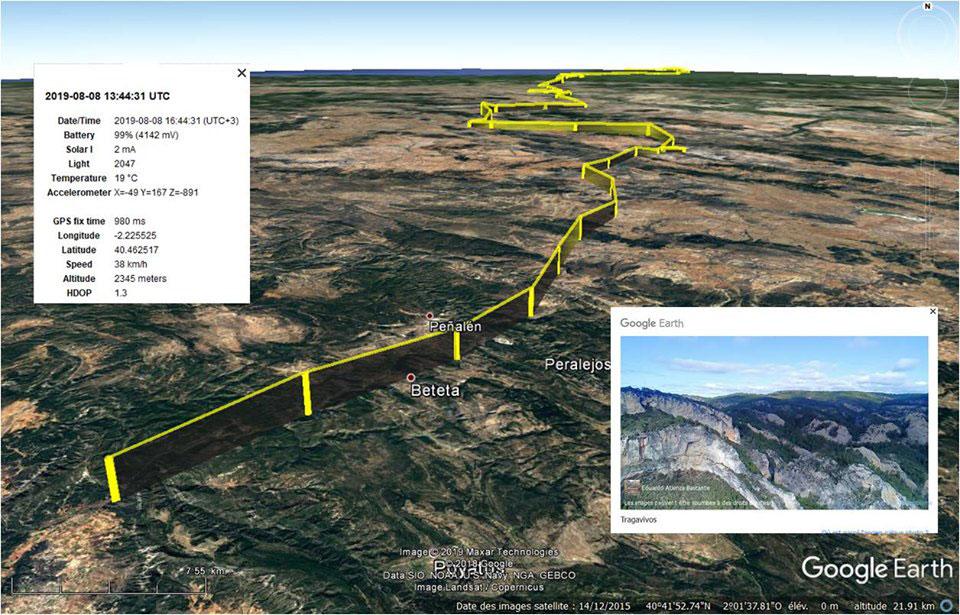How to better understand the behavior of storks
White storks are back in Charente-Maritime! The end of January and February marks the beginning of the breeding and nesting season during which the white storks gather in pairs, build or renovate a nest and bill-clatter. Bill-clattering is a typical behavior of the species and helps to strengthen the bond between the male and the female.
Although the White stork is listed as “Least concern” on the IUCN Red List due a relatively large and increasing population estimated to more than 700,000 individuals, it is impacted by the destruction of its habitat (disappearance of wetlands, industrialization, agriculture expansion), by climate change (food scarcity linked to repeated droughts) as well as by the intensive use of pesticides. During the migration, the species is also one of the most common victim to electrocutions caused by collisions with overhead power lines.
At the end of 2022, Palmyre Conservation has started to fund a new research program led by the teams of BioSphère Environnement and the Center for Biological Studies of Chizé (CEBC) aimed to better understand the migratory behavior of white storks thanks to GPS tracking. The data collected help to document the different habitats used by the birds when they move as well as study the way they’re adapting to changes either climatic or in landscape with the draining of wetlands. According to the program officials, “the state of the populations of white storks is indeed closely linked to the conservation status of the habitats they use”.

The department of Charente-Maritime currently hosts the largest population of nesting white storks and fledglings in France, ahead of the departments of Haut-Rhin and Bas-Rhin. It is home to around 15% of the French population, i.e. more than 650 breeding pairs including around 130 permanently established in our department. This success can be explained by a favorable climate and habitat made up of thousands of hectares of marshes where the storks find abundant food: small rodents, insects and the Louisiana crawfish. This invasive crustacean introduced by humans is a calamity for wetlands, especially for fish and amphibian populations but it constitutes an exceptional reservoir of food for the storks of which they are particularly fond of.
The approach of BioSphère Environment and the Centre d’Etudes Biologiques de Chizé, which has also been leading an major research programme on the reproductive biology of white storks for a long time, is of high scientific interest and helps raising public awareness about the preservation of this emblematic bird by by showing how it lives, moves and the environment it inhabits. Thanks to a specific mobile application, one can follow in real time the storks equipped with GPS -beacons and consult their last known positions. The birds are monitored during the breeding, migration and wintering periods, with a specific study of their foraging behavior thanks to the motion sensors embedded in the beacons (named accelerometers). For now, 15 storks have been equipped with GPS devices collecting information on their geographical position, altitude, speed and temperature. The aim is to equip more birds with transmitters in order to increase the amount of data collected and better understand how the storks are adapting to the changes of their environment.
